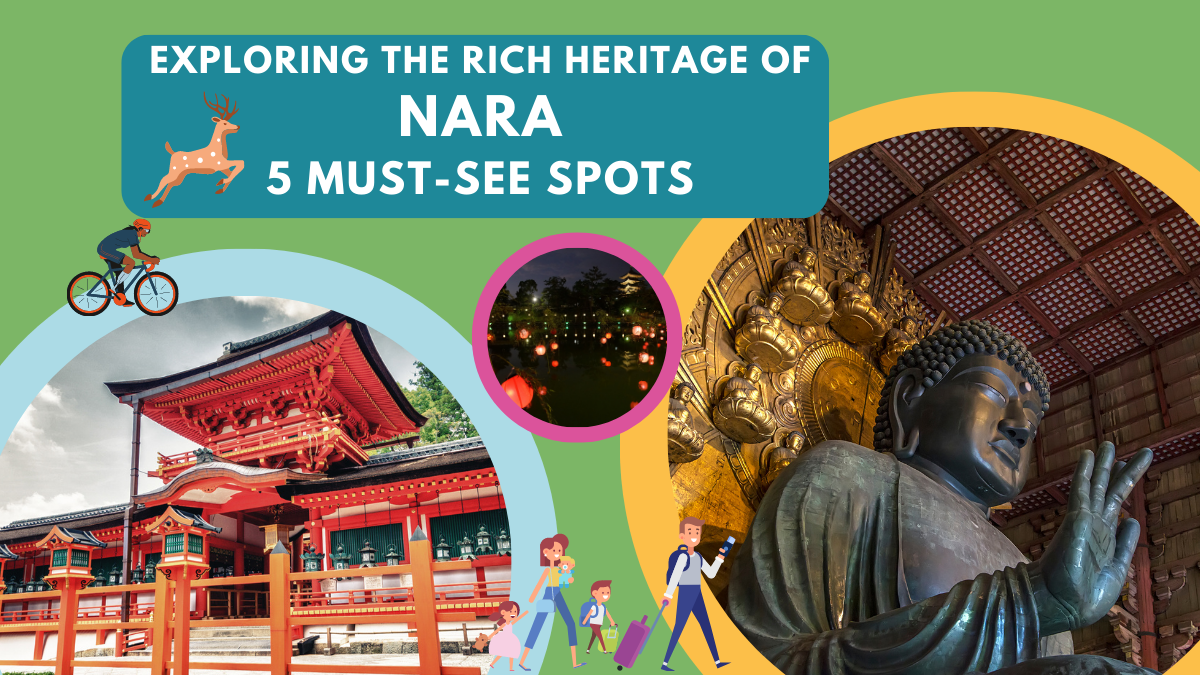Once known as Heijō-kyō, Nara served as the capital of Japan in the 8th century.
It was an era of great artistic and architectural achievements, with great temples and palaces being built under the patronage of powerful emperors. The city flourished as a center of Buddhism, whose influence spread across borders and formed the cultural landscape of the entire country.
Today, Nara is a very popular destination among locals and tourists and boasts 8 UNESCO World Heritage Sites, such as Todaiji Temple, with its large bronze statue of Buddha.
Accessing Nara from Tokyo
Getting to Nara from Tokyo is easy and convenient.
First, you have to take the Shinkansen from Tokyo Station to Kyoto, and from there, transfer to the JR Nara Line or Kintetsu Limited Express Line, which will transport you directly to Nara Station.
It takes about two and a half hours, so you can enjoy the scenery along the way.
You can also take the highway bus If you are on a budget. The trip takes about 8 hours, but it is significantly cheaper than the train.
Discount Pass for Exploring Nara
Unlimited Ride Tickets | Kintetsu Railway Co.,Ltd.
To make the most of your visit to Nara, consider purchasing a discount pass such as the Kintetsu Rail Pass, which offers unlimited rides on Kintetsu Railway lines, covering major attractions in Nara as well as in Osaka and Kyoto.
Now, let’s embark on a journey through Nara’s popular sightseeing spots:
Todai-ji Temple(東大寺)

Todai-ji Temple is a UNESCO World Heritage Site founded in 752 by Rōben, a Japanese Buddhist monk of the Kegon sect. The temple’s centerpiece is the Great Buddha, one of the largest Buddha statues in Japan, displayed in the impressive Daibutsu-den hall, which is also a national treasure.
Despite fires and natural disasters over the centuries that resulted in multiple reconstructions, Todai-ji Temple remains a must-see for locals and tourists.
https://www.todaiji.or.jp/en/access/
Nara Park(奈良公園)
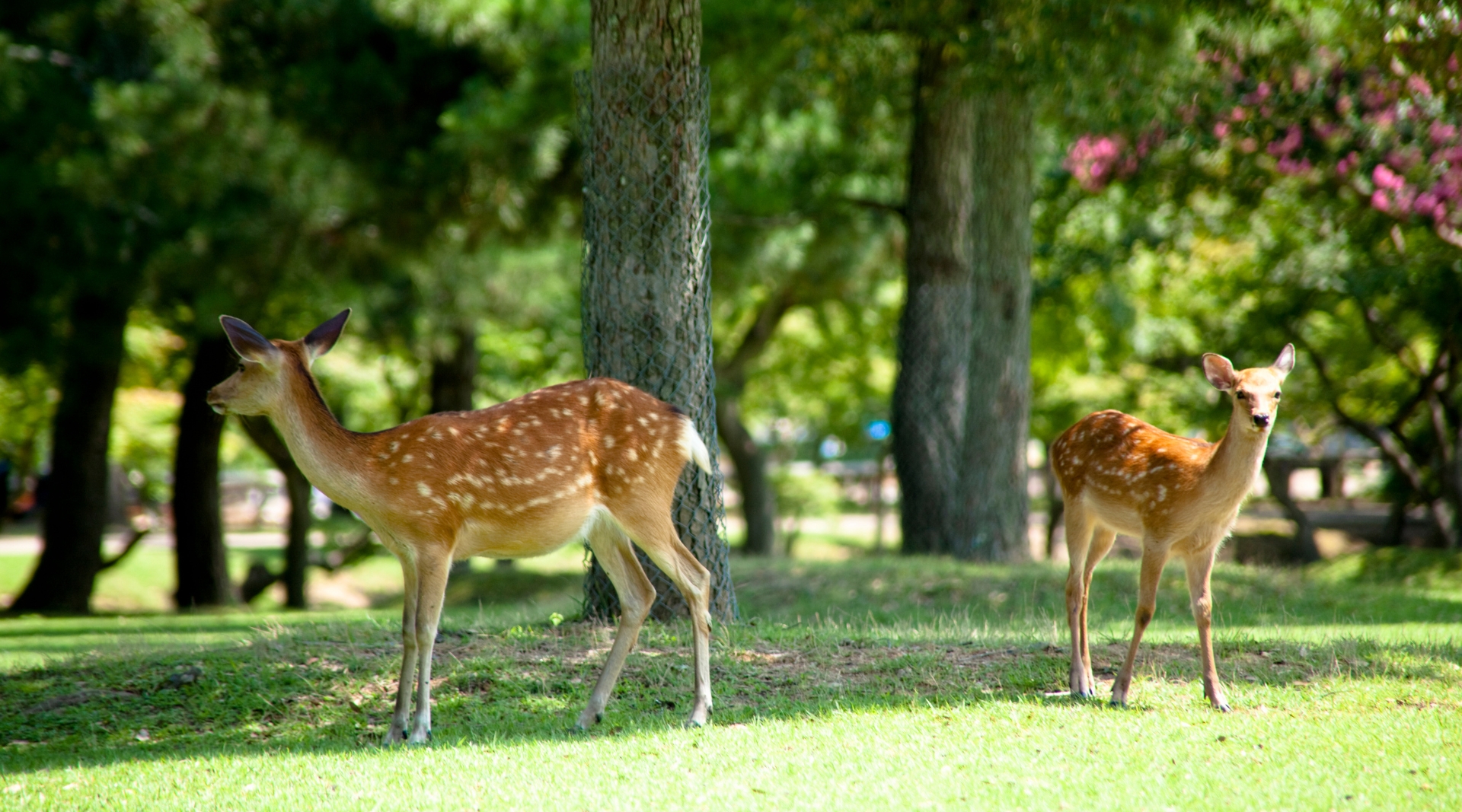
Adjacent to Todai-ji Temple, Nara Park, established in 1880, covers 660 hectares and is one of Japan’s oldest and most famous public parks.
As you enter the area, you’ll be greeted by friendly deer, considered sacred and revered as messengers of the gods. These gentle creatures roam free in the area and can be fed “shika senbei” (or “deer crackers”) from stalls and shops around the park. Be careful, though, as deer can pinch your fingers or grab your belongings.
Within Nara Park, you’ll find several iconic landmarks, including Todai-ji Temple, Kasuga Taisha Shrine Kofukuji, and the Nara National Museum.
https://www.visitnara.jp/destinations/area/nara-park
Kasuga Taisha Shrine(春日大社)
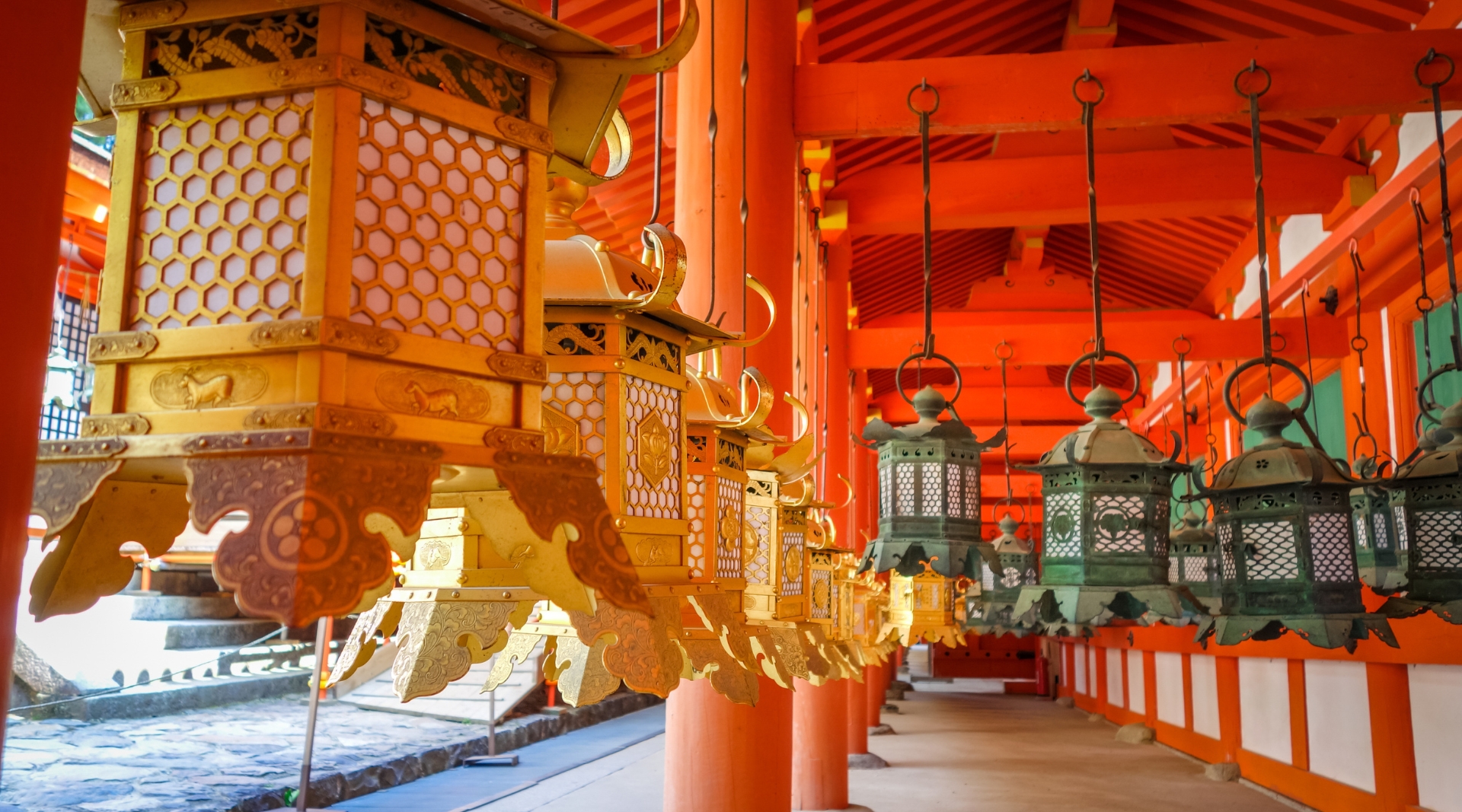
Kasuga Taisha was founded about 1300 years ago and serves as a mausoleum for Fujiwara’s clan, which played a significant role in Japanese politics and culture during the Heian period.
The shrine is particularly known for its impressive collection of bronze and stone lanterns inside and outside the shrine. Deer also wander freely in the area.
https://www.kasugataisha.or.jp/en/about_en/
Horyu-ji Temple(法隆寺)
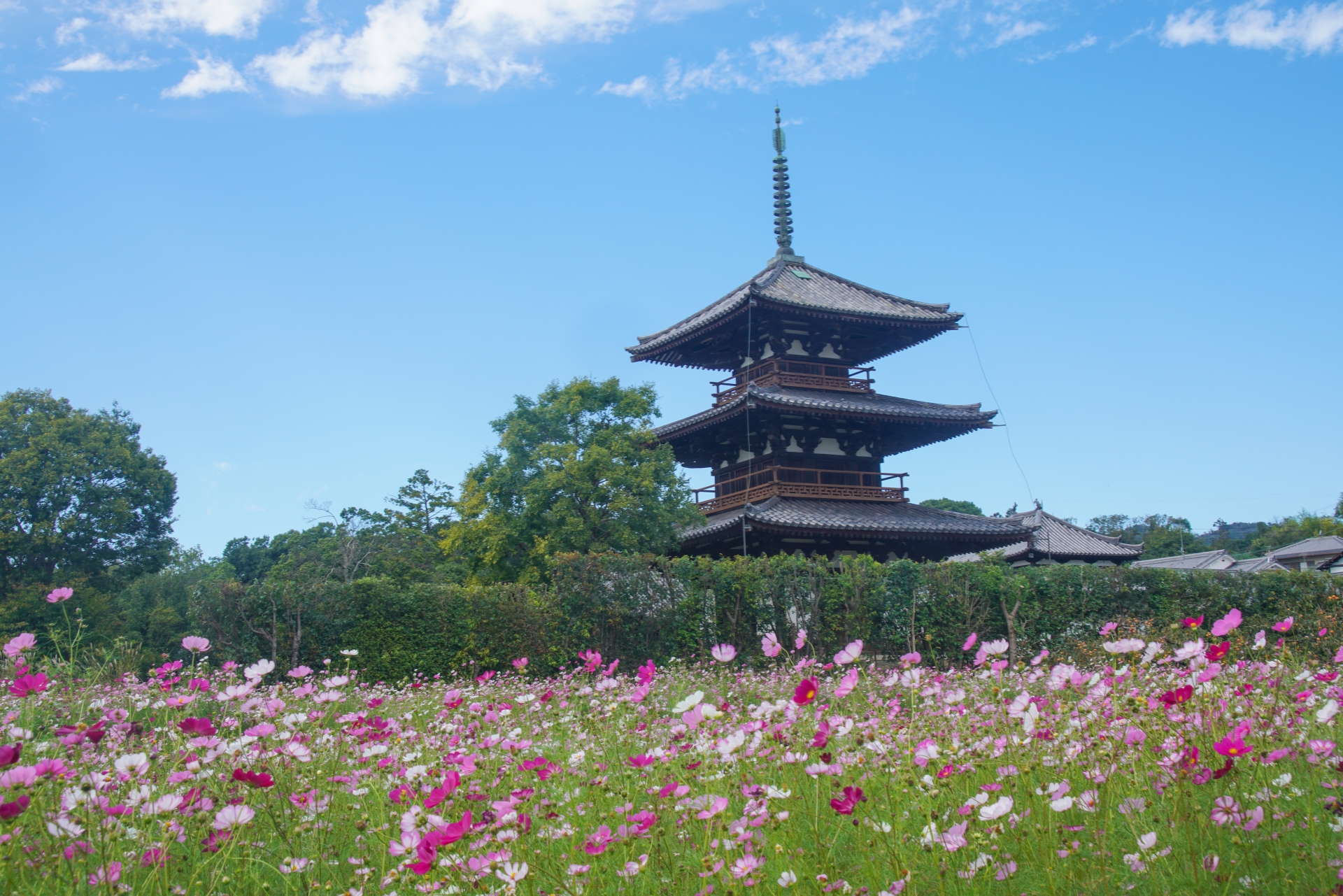
Founded in the 7th century by Empress Suiko and Prince Shotoku, a devout Buddhist and influential politician, Horyu-ji Temple is one of the oldest wooden buildings in the world. It is registered as a UNESCO World Heritage Site.
Horyu-ji Temple consists of multiple buildings, such as the main hall and five-story pagoda, and houses a vast collection of Buddhist artworks.
http://www.horyuji.or.jp/en/garan/
Isuien Garden(依水園)
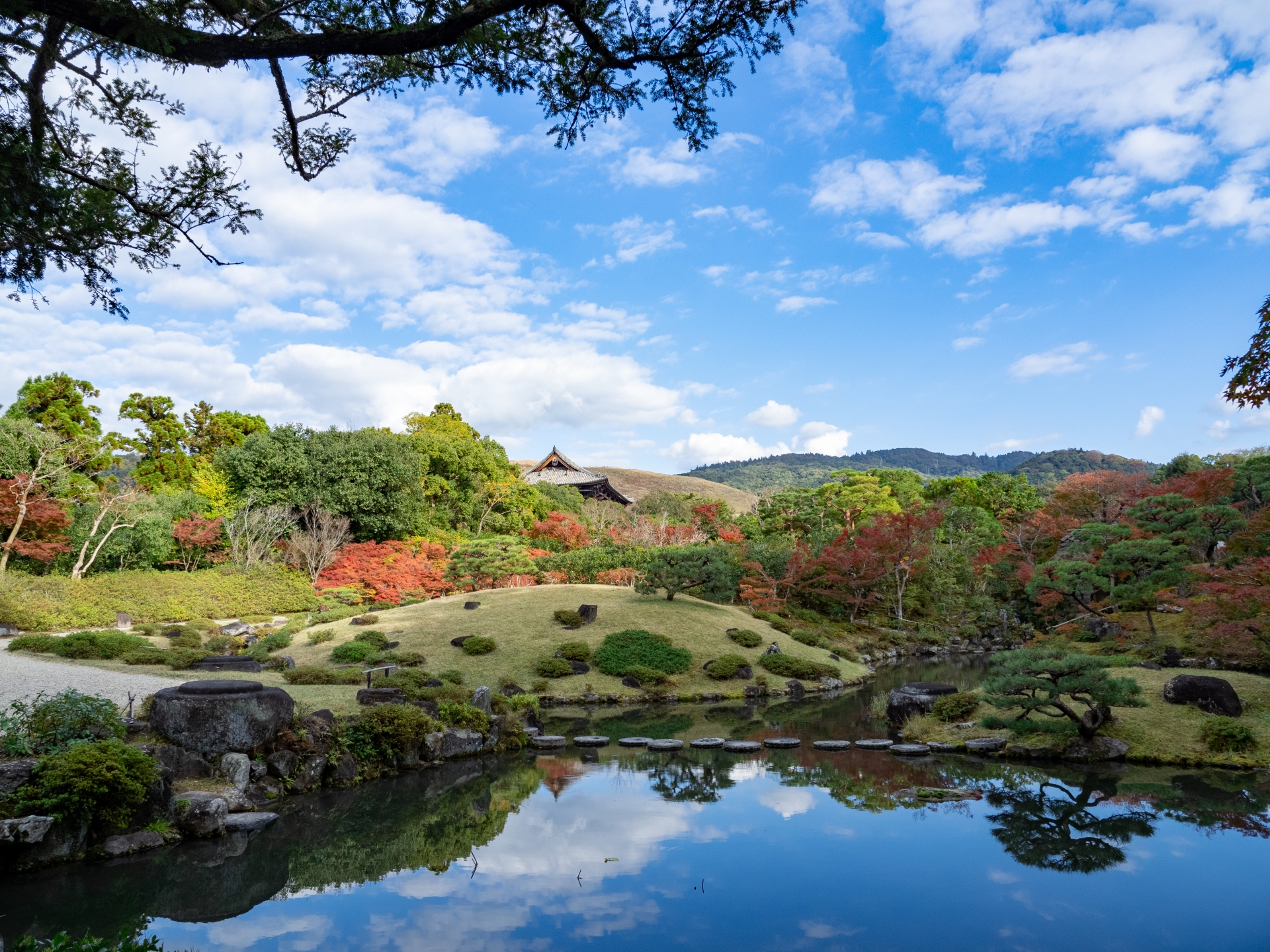
Isuien is a garden that was built as a private garden by a wealthy textile merchant and later opened to the public.
The garden is divided into a front garden designed in the Edo period and a rear garden designed in the Meiji period, each with its own characteristics and atmosphere. The garden features a beautiful pond as well as tea houses and a museum showcasing East Asian art.
Yakushi-ji Temple(薬師寺)
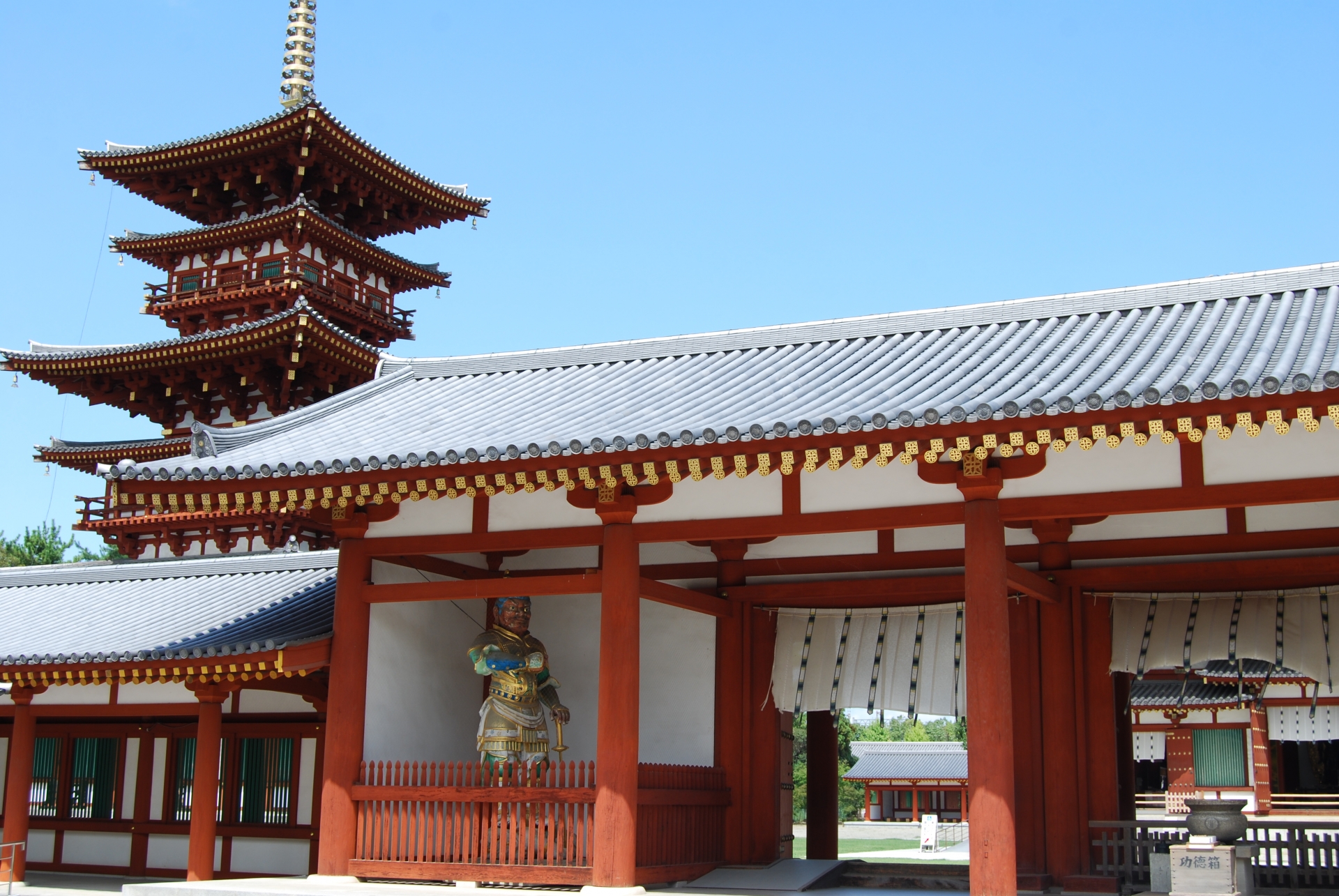
Yakushi-ji Temple is also a UNESCO World Heritage Site. It is a sacred Buddhist temple founded by Emperor Tenmu in the late 7th century to pray for his wife’s recovery.
One of the highlights of Yakushi-ji Temple is the “Yakushi Triad,” a magnificent set of statues housed in the main hall. The central statue depicts Yakushi Nyorai, the Medicine and Healing Buddha, flanked by Nikko (the Sunlight Bodhisattva) and Gakko (the Moonlight Bodhisattva).
These statues are considered national treasures and are exquisite examples of Buddhist art.
Naramachi
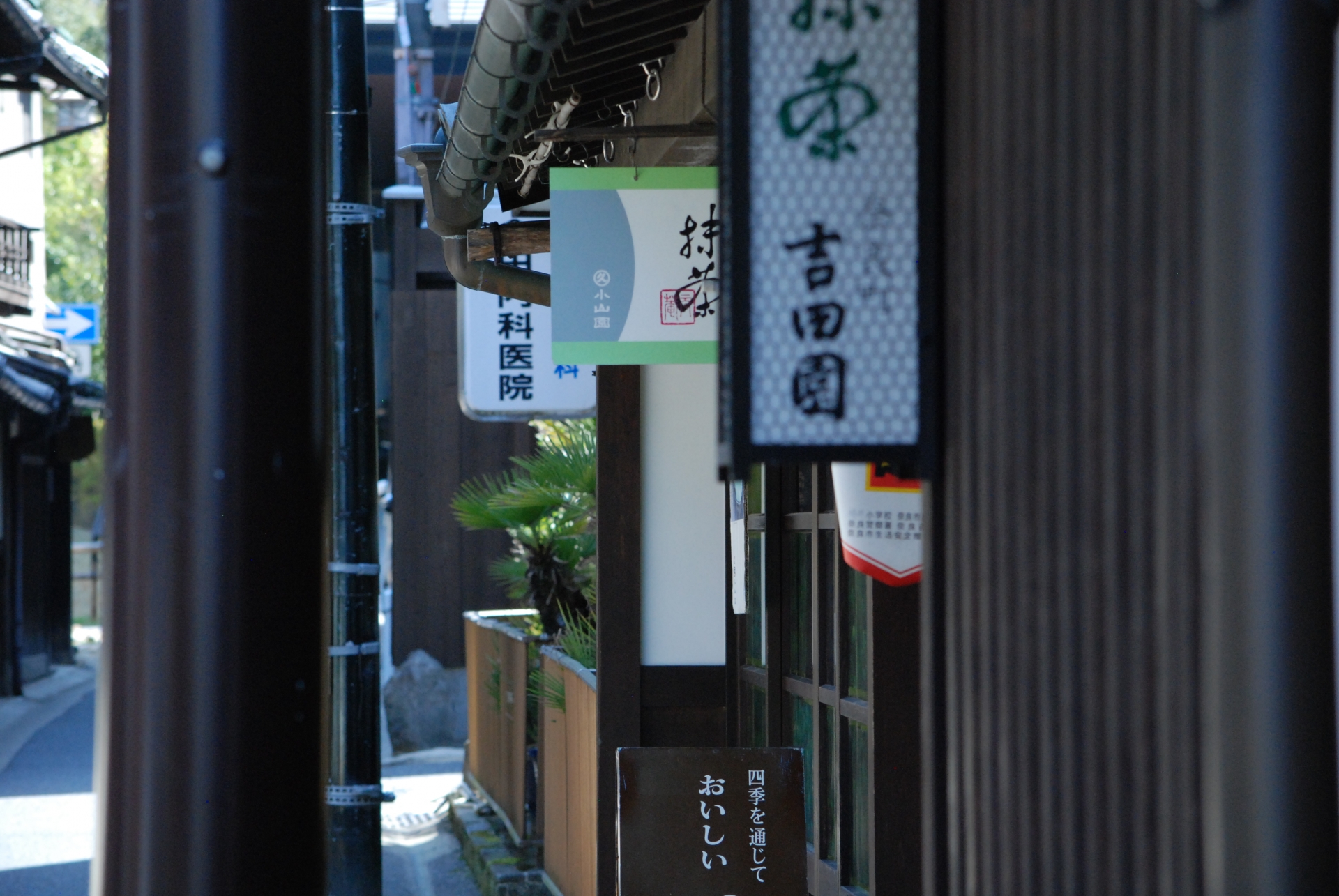
This well-preserved area was once a bustling merchant district during the Edo period and offered a glimpse into the daily lives of the locals at the time. Wander narrow streets lined with traditional townhouses, visit quaint shops, and sample local cuisine at charming cafés and restaurants.
https://www.japan.travel/en/spot/2001/
